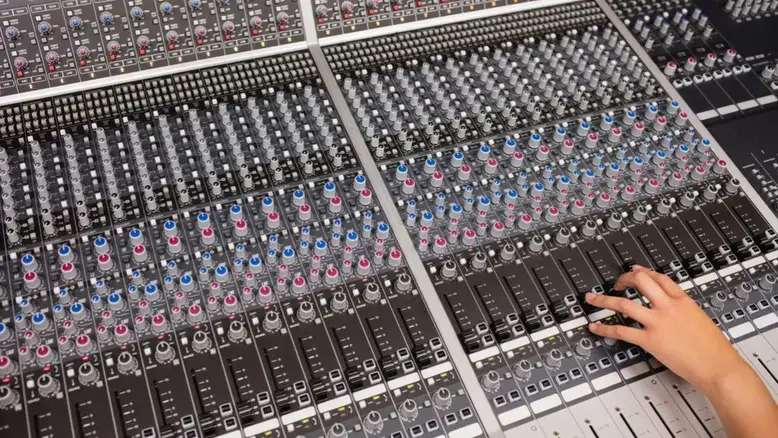A Public Address (PA) system is an essential part of any modern warehouse setup. From paging staff to broadcasting safety alerts, it plays a critical role in communication and overall operational efficiency. However, many businesses rush into installation without considering the unique acoustic and structural challenges that warehouses present.
In this blog, we’ll highlight the most common mistakes made during warehouse PA system installations—and how to avoid them to ensure your investment works effectively from day one.
1. Ignoring the Acoustic Environment
Warehouses are noisy. With high ceilings, metal racks, concrete floors, and constant machinery movement, sound tends to bounce, echo, or get drowned out.
Mistake: Installing standard indoor speakers without accounting for reverberation or noise levels.
Fix: Use directional horn speakers or noise-canceling microphones designed for industrial use. Conduct a sound level survey before installation to choose the right speaker wattage and type.
2. Poor Speaker Placement
One of the most common errors is placing speakers too close to noisy equipment or installing too few for the space size.
Mistake: Placing all speakers near the office area or only at entrances.
Fix: Map the warehouse into zones and distribute speakers strategically across those zones—including high-traffic and high-noise areas. Use overhead and wall-mounted configurations for even coverage.
3. Underestimating Future Scalability
Warehouses grow, layouts change, and so do communication needs. Installing a rigid system that cannot adapt is a common regret.
Mistake: Choosing a wired-only system without planning for future expansions or changes.
Fix: Consider a hybrid PA system—wired for permanent zones and wireless for flexible areas. Choose a central control system that allows easy addition of new zones or speakers.
4. No Zone Control or Multi-Area Functionality
Not all announcements need to be heard across the entire facility. Without zone control, every minor message becomes a building-wide disruption.
Mistake: Installing a single-zone system in a multi-department warehouse.
Fix: Opt for multi-zone PA systems that let you send messages to specific areas—like loading bays, storage racks, or dispatch sections—without disturbing others.
5. Skipping Integration with Emergency Systems
During emergencies, PA systems must override any other ongoing communication to alert all personnel.
Mistake: Treating PA as a standalone system, not integrating it with fire alarms or emergency triggers.
Fix: Ensure your PA system integrates with your safety and fire control systems. Use auto-triggered emergency messages and override capabilities for maximum safety.
6. Neglecting Maintenance and Testing
After installation, many companies forget that PA systems need regular checks, especially in dusty and high-use environments like warehouses.
Mistake: No scheduled maintenance or testing process.
Fix: Set up a monthly or quarterly test and maintenance schedule. Clean speaker grills, test microphones, check volume levels, and update software/firmware where applicable.
7. Choosing Incompatible or Low-Quality Equipment
Not all equipment marketed for PA use is industrial-grade. Many installations fail early due to poor hardware choices.
Mistake: Using budget speakers or consumer-grade amplifiers.
Fix: Always choose industrial-grade equipment from trusted brands. Check for durability, IP ratings (for dust/water resistance), and compatibility with your facility’s electrical standards.
Final Thoughts
A poorly installed PA system can cause more frustration than benefit. But with the right planning, expert help, and attention to warehouse-specific needs, you can create a communication setup that boosts safety, productivity, and coordination across your facility.
At AudioCare, we’ve installed warehouse PA systems across factories, logistics hubs, and industrial parks. Our team ensures noise calibration, proper speaker layout, and future-ready designs.
📞 Need help with your warehouse PA system? Call us at +919826089815 or visit www.audiocare.in to schedule a site survey today.







